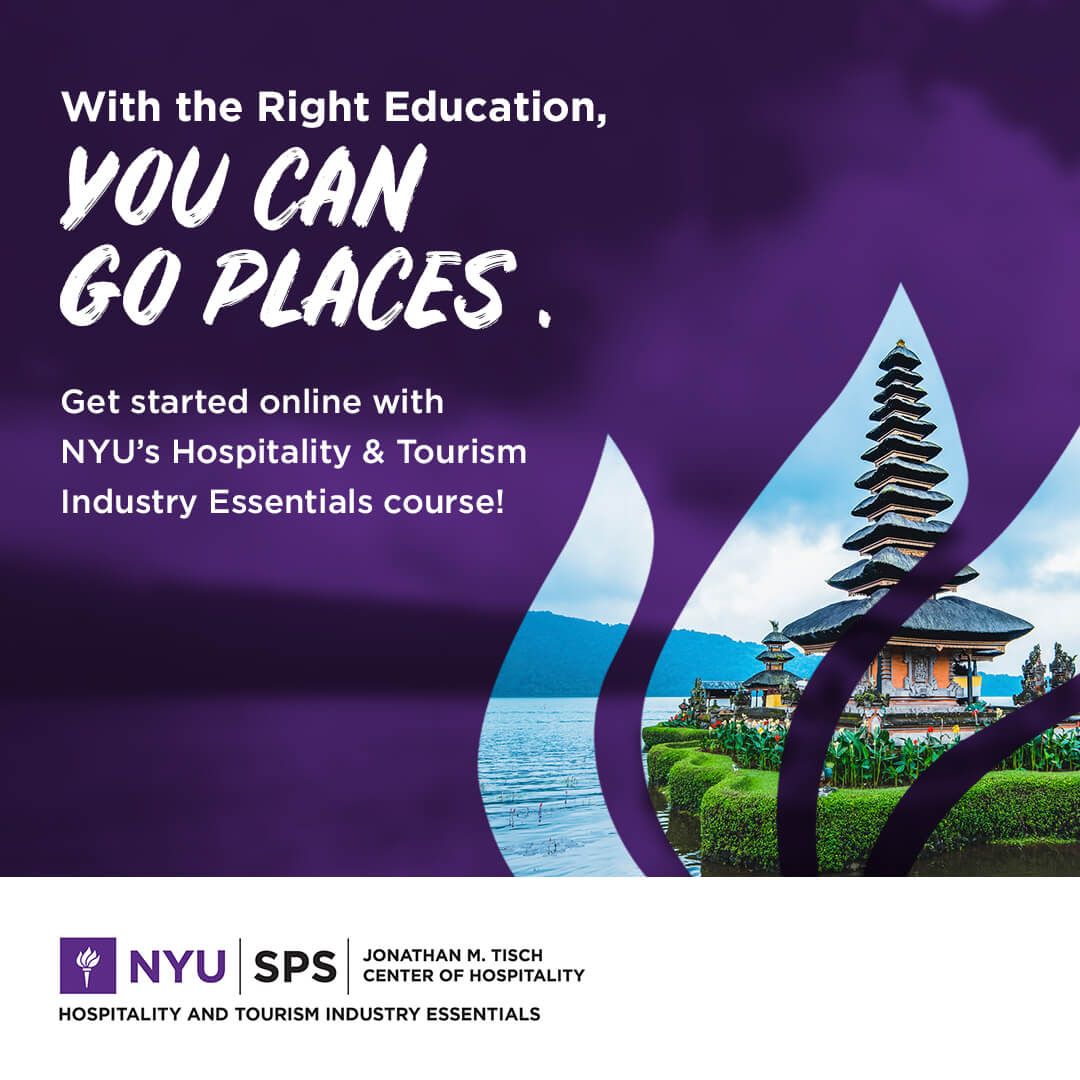Travel photography is a captivating and rewarding career path that allows individuals to explore the world, capture stunning moments, and share their unique perspectives through imagery. Furthermore, the opportunities in this field are as vast and diverse as the destinations you can explore.
As a travel photographer, you have the privilege of blending artistry with adventure, documenting cultures, landscapes, and experiences that resonate with viewers around the globe. Your lens becomes a portal through which others can immerse themselves in the sights, sounds, and emotions of distant lands, creating a powerful connection that transcends borders and languages.
Key Aspects of Successful Travel Photography
One of the key aspects of being a successful travel photographer is the ability to tell compelling stories through your images. Each photograph should evoke a sense of place, convey a mood or emotion, and provide viewers with a window into the world you have captured.
Whether you are photographing bustling city streets, serene natural landscapes, vibrant festivals, or intimate portraits, your goal is to transport your audience to that moment in time and space.
In addition to technical skills such as mastering camera settings, composition, and lighting, a travel photographer must also possess a keen eye for detail, a sense of curiosity, cultural sensitivity, and the ability to adapt to different environments and situations.
The Reality of Travel Photography
While the life of a travel photographer may seem glamorous with its promise of exotic locations and breathtaking vistas, it is also a profession that requires hard work, dedication, and perseverance. Behind every stunning image lies hours of preparation, planning, and post-processing to ensure that your vision is realized and communicated effectively to your audience.
The Evolving Role of a Travel Photographer
In the digital age, the role of a travel photographer has evolved to encompass not only still photography but also videography, drone imaging, social media content creation, and storytelling across multiple platforms. The ability to adapt to these changing trends and technologies is crucial for staying relevant and competitive in the ever-evolving landscape of travel photography.
Opportunities in Travel Photography
Whether you choose to pursue freelance opportunities, work for travel publications, collaborate with brands, or create your own photography business, the world of travel photography offers a myriad of possibilities for growth and success.
From capturing the beauty of remote landscapes to documenting the vibrancy of urban street life, there is no shortage of subjects to explore and stories to tell through your lens.
The Top 10 Jobs in the Travel Photography Industry
Travel photography offers a wide range of career paths for those who want to combine creativity with exploration. From freelancing to working with major brands, here are ten top roles in the field:
- Freelance Travel Photographer – Capture images for magazines, websites, and tourism boards while managing your own projects and clients.
- Photojournalist – Document real-world events and cultural stories for media outlets and NGOs.
- Social Media Content Creator – Build a personal brand through travel visuals, working with tourism brands and sponsors.
- Commercial Photographer – Shoot promotional images for hotels, resorts, airlines, and travel products.
- Travel Blogger/Vlogger – Combine photography with writing or video to create multimedia content for a personal site or platform.
- Stock Photographer – Sell travel images through stock agencies for use in media, marketing, and publishing.
- Photography Tour Guide – Lead photo-focused travel tours, teaching others how to capture stunning images.
- Destination Wedding Photographer – Travel to shoot weddings in exotic locations for clients around the world.
- Drone Photographer/Videographer – Use drone technology to capture aerial views of landscapes and landmarks.
- NGO/Nonprofit Photographer – Partner with humanitarian or environmental organizations to visually document their missions.
Conclusion
Travel photography is more than a profession—it’s a way of seeing and sharing the world. With the right mix of creativity, technical skill, and adaptability, you can turn your passion for exploration into a fulfilling career. Whether you’re capturing a quiet sunrise over a mountain range or the vibrant pulse of a city street, your work has the power to inspire, inform, and connect people across the globe.
Key Takeaways:
- Travel photography combines creativity and exploration, allowing photographers to capture and share unique global perspectives.
- Compelling storytelling through images is essential—photos should evoke emotion, mood, and a strong sense of place.
- Success in the field requires not just technical camera skills, but also adaptability, cultural sensitivity, and attention to detail.
- The role of travel photographers has expanded to include videography, drone imaging, and content creation for social media.
- Travel photography can be both rewarding and demanding, involving significant preparation, editing, and perseverance.
- Career opportunities span freelance work, commercial photography, content creation, guiding tours, and partnerships with NGOs or brands.
- The field offers diverse paths, from stock photography and photojournalism to niche roles like drone or destination wedding photography.
Whether you envision a career in photojournalism, editorial photography, or as a freelance photographer, the opportunities in travel photography are endless. Consider enhancing your skills and knowledge further with the NYU Hospitality and Tourism Industry Essentials online course and certificate program by Yellowbrick to elevate your career in this dynamic field.








